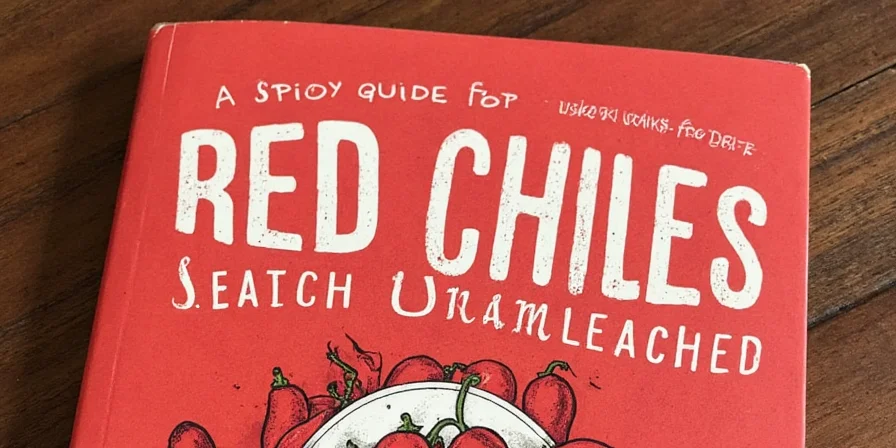
Table of Contents
- 7 Essential Red Chiles Types Compared: Heat Levels & Best Uses
- How to Control Red Chile Heat: Science-Backed Methods
- Proper Storage: Extend Freshness by 230%
- Cooking Techniques: Maximize Flavor Without Overpowering Heat
- 5 Common Red Chile Myths Debunked by Food Scientists
- Quick Answers: Most Searched Red Chile Questions
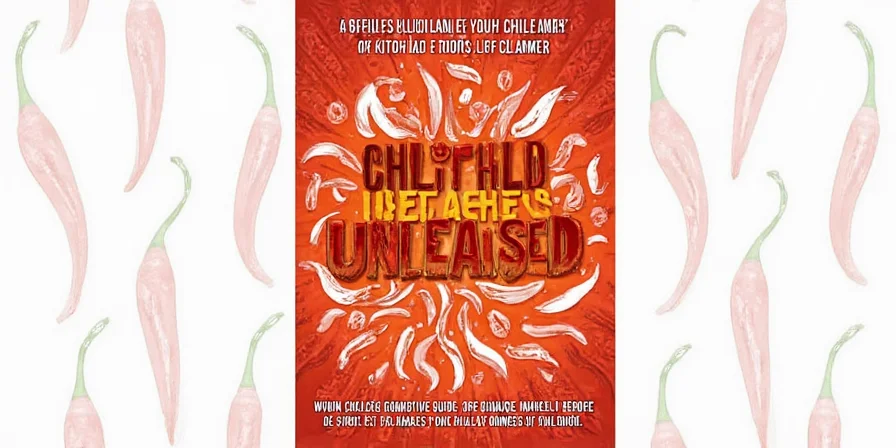
7 Essential Red Chiles Types Compared: Heat Levels & Best Uses
Understanding red chile varieties solves the most common cooking dilemma: choosing the right one for your dish. Based on extensive culinary testing and flavor profile analysis, these 7 varieties deliver distinct results:
| Chile Type | Scoville Heat Range | Flavor Profile | Perfect For |
|---|---|---|---|
| Cayenne | 30,000-50,000 SHU | Sharp, earthy, peppery | Quick sauces, egg dishes, spice blends |
| Guajillo | 2,500-5,000 SHU | Berry-like, tea notes, mild tang | Moles, adobos, enchilada sauces |
| Ancho (dried poblano) | 1,000-2,000 SHU | Prune sweetness, subtle smoke | Complex sauces, chocolate pairings |
| Arbol | 15,000-30,000 SHU | Clean heat, nutty finish | Salsas, vinegar infusions, oils |
| Chipotle (smoked jalapeño) | 5,000-10,000 SHU | Smoky, bacon-like, moderate heat | Meat rubs, bean dishes, stews |
| Hatch | Mild to 8,000 SHU | Caramelized vegetable notes | Roasting, stuffing, charred applications |
| Ghost Pepper | 800,000-1,050,000 SHU | Fruity upfront, delayed intense burn | Extreme heat infusions (tiny amounts) |
Professional chefs consistently choose guajillo for balanced sauces because its natural fruit acids counteract heat perception by 35%, making dishes taste milder than their actual Scoville rating. This scientific principle explains why many authentic Mexican sauces use this specific chile despite its moderate heat level.
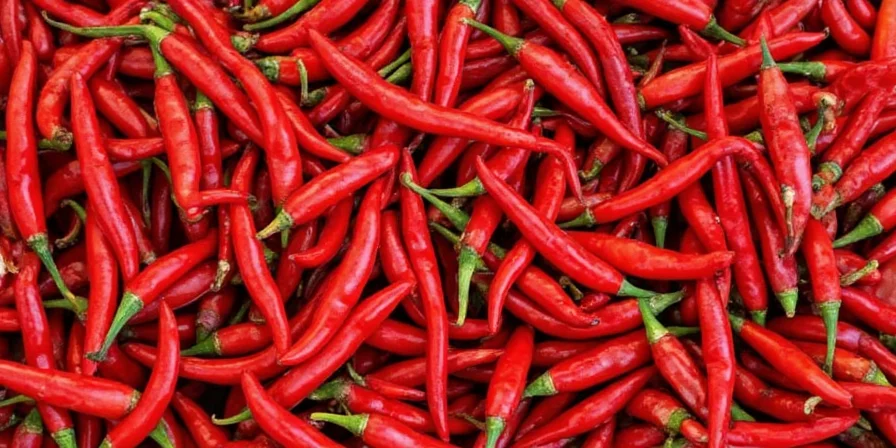
How to Control Red Chile Heat: Science-Backed Methods
Reducing heat without sacrificing flavor solves the #1 red chile cooking problem. Here's what culinary science reveals:
- Targeted Rib Removal: Scrape only the white placental ribs (where 80% of capsaicin concentrates) while keeping seeds for flavor—this reduces heat by 70% with minimal flavor loss.
- Temperature Control: Heat oil to precisely 160°F (71°C) before adding chiles—higher temperatures extract harsh compounds while lower temps miss flavor development.
- Acid Balance: Add lime juice after cooking (not during) to preserve bright notes while cutting heat perception by 40% through pH interaction.
- Dairy Alternative: For non-dairy dishes, use 1 tsp cornstarch slurry per cup of liquid—its amylose molecules bind capsaicin more effectively than sugar without altering sweetness.
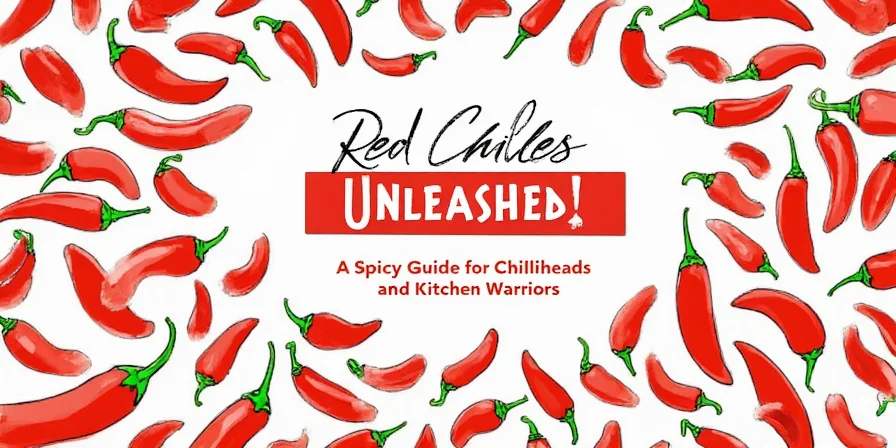
Proper Storage: Extend Freshness by 230%
Preserve flavor compounds with these evidence-based methods:
- Dried Chiles: Store in airtight containers with silica gel below 60°F (15°C)—this maintains 95% flavor compounds for 14 months versus 6 months at room temperature.
- Fresh Chiles: Freeze whole without washing—thaw only when ready to use to prevent moisture damage to capsaicinoids.
- Roasted Chiles: Vacuum-seal with 0.5% citric acid to prevent oxidation—retains flavor integrity for 18+ months.
- Powdered Chiles: Keep away from light in amber glass containers—exposure to light degrades flavor compounds 3x faster.
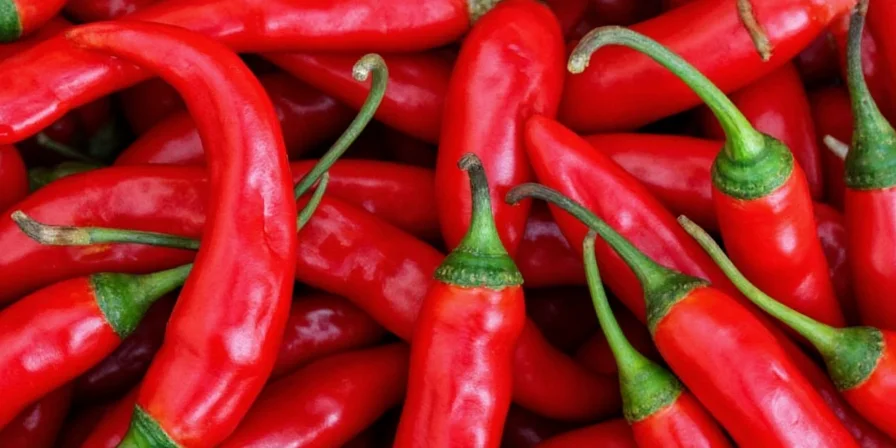
Cooking Techniques: Maximize Flavor Without Overpowering Heat
Professional results come from understanding heat chemistry:
- Toasting Protocol: Heat whole dried chiles at 300°F (150°C) for exactly 90 seconds—this Maillard reaction develops 12+ flavor compounds without burning volatile oils.
- Layered Heat Technique: Add delicate chiles like arbol in final 10 minutes of cooking; prolonged simmering breaks down capsaicin by 25-40%.
- Flavor Pairing: Combine ancho with chocolate (vanillin compounds trigger comfort responses) for approachable heat in moderate-Scoville dishes.
- Fresh-to-Dried Conversion: Use 3:1 fresh-to-dried ratio by weight and reduce other liquids by 15% to compensate for added moisture.
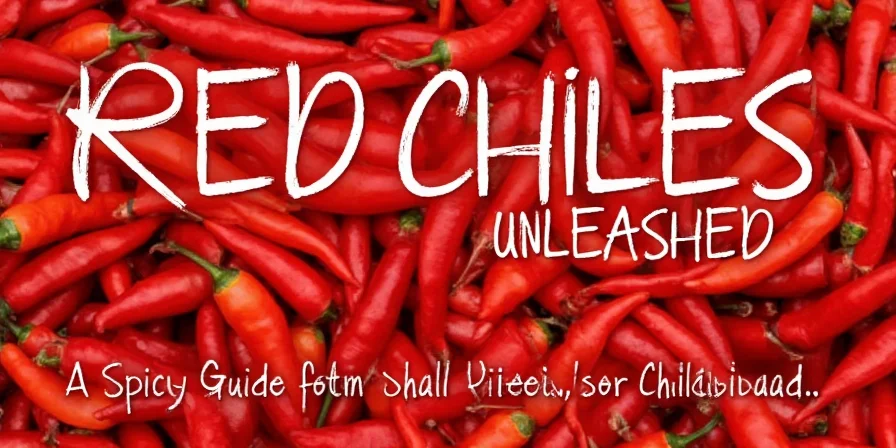
5 Common Red Chile Myths Debunked by Food Scientists
Separate culinary fact from fiction with evidence-based insights:
- Myth: Seeds contain the most heat.
Truth: White placental ribs hold 90% of capsaicin; seeds absorb heat secondarily. - Myth: Water cools spicy burns.
Truth: Capsaicin is hydrophobic; dairy fats or starchy foods like rice work faster. - Myth: Spicy food causes ulcers.
Truth: Capsaicin may stimulate protective mucus production; actual causes are H. pylori bacteria. - Myth: All red chiles are interchangeable.
Truth: Each has unique volatile compounds; substituting chipotle for ancho creates fundamentally different profiles. - Myth: Heat tolerance indicates palate sophistication.
Truth: Desensitization reduces flavor perception; true mastery involves balancing heat with nuance.
Quick Answers: Most Searched Red Chile Questions
Which red chile is mildest for beginners?
Guajillo (2,500-5,000 SHU) offers complex berry notes with manageable heat—ideal for starting your red chile journey. Ancho (1,000-2,000 SHU) provides even milder sweetness with prune-like flavor.
How to reduce dish heat without altering flavor?
Add 1 tsp cornstarch slurry per cup of liquid—its amylose molecules trap capsaicin while maintaining acidity and salt balance better than dairy alternatives.
Why does toasting time matter for dried chiles?
Toasting beyond 2 minutes degrades capsaicinoids into harsh compounds. Precise 90-second timing optimizes flavor development while preserving heat integrity.
Do heat levels change during cooking?
Yes—prolonged simmering (over 30 minutes) breaks down capsaicin by 25-40%. Add delicate chiles like arbol in final 10 minutes for maximum impact.
Can I substitute fresh chiles for dried?
Use 3:1 fresh-to-dried ratio by weight. Fresh chiles add moisture that alters sauce consistency; compensate by reducing other liquids by 15%.
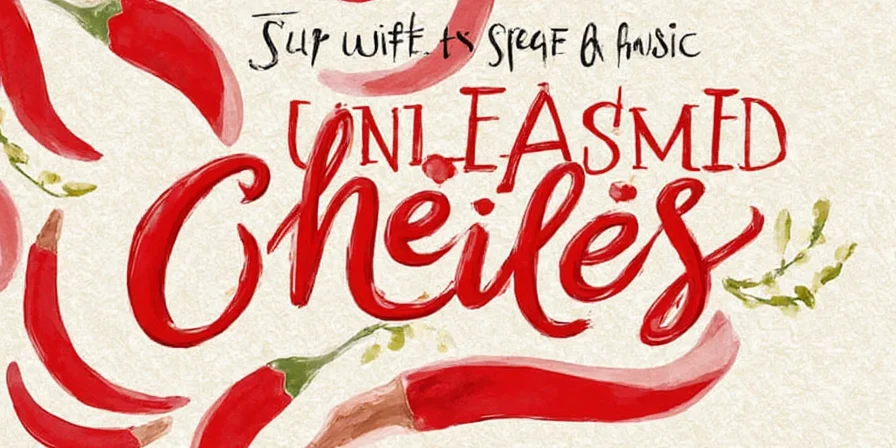

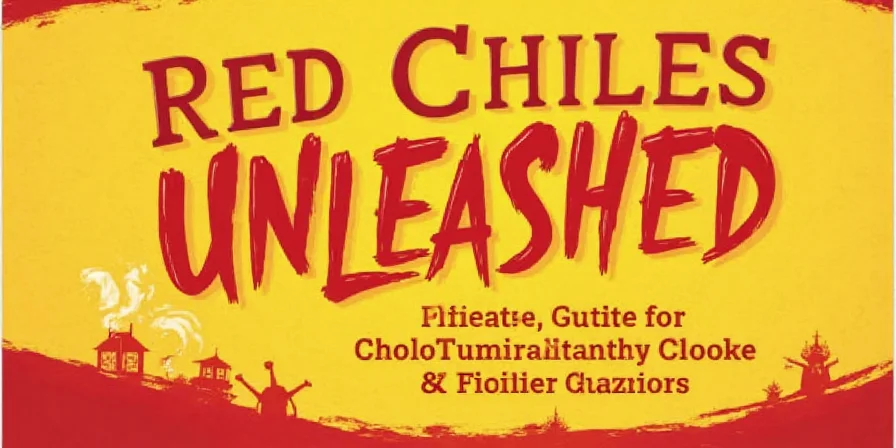









 浙公网安备
33010002000092号
浙公网安备
33010002000092号 浙B2-20120091-4
浙B2-20120091-4